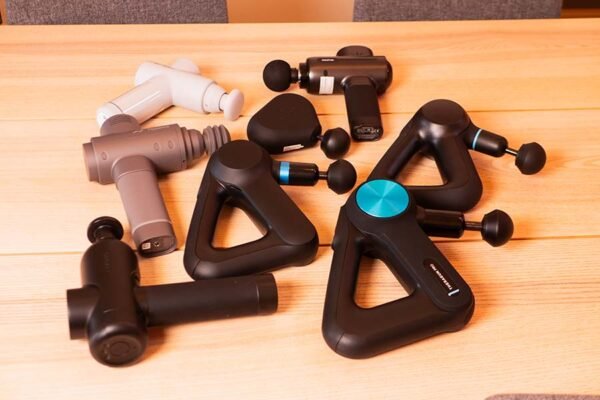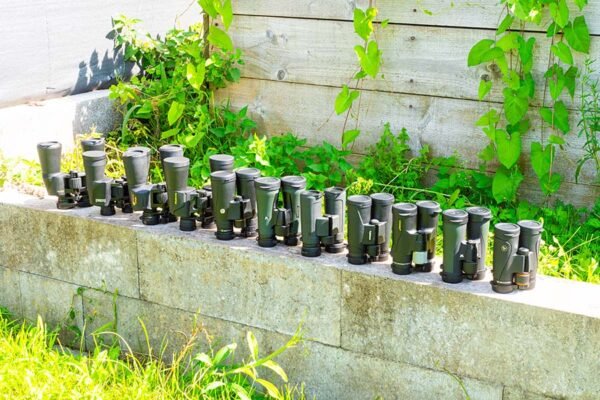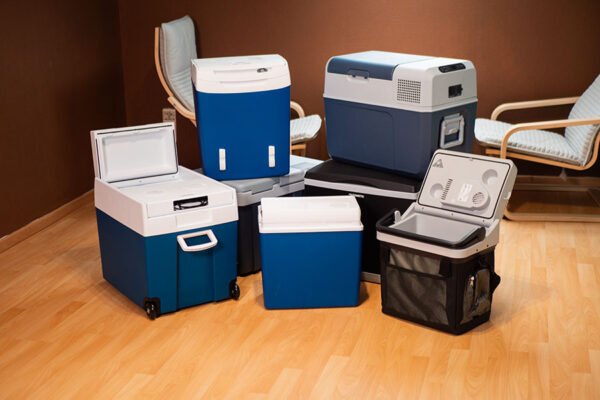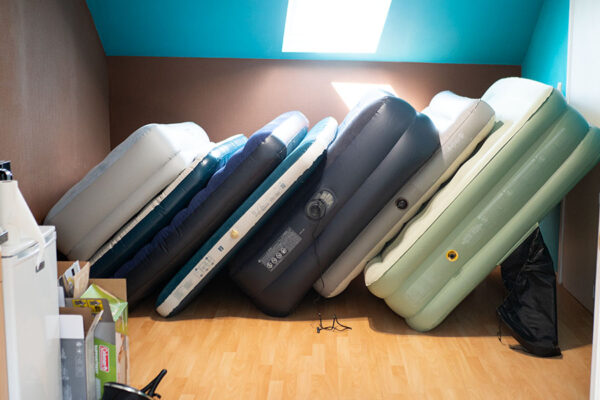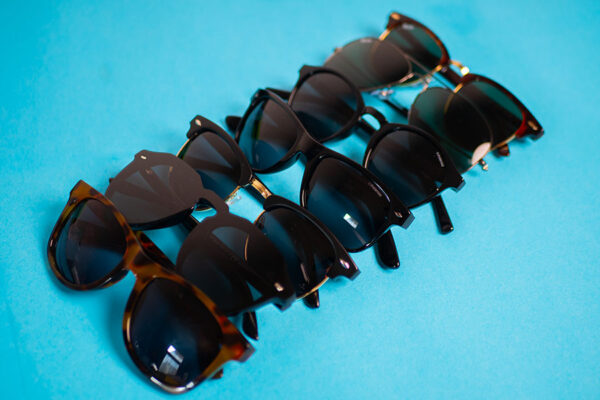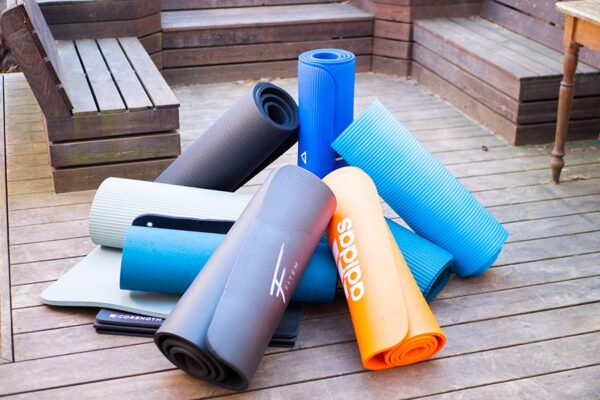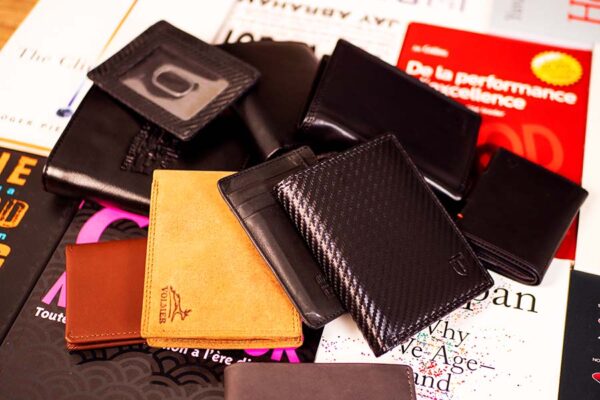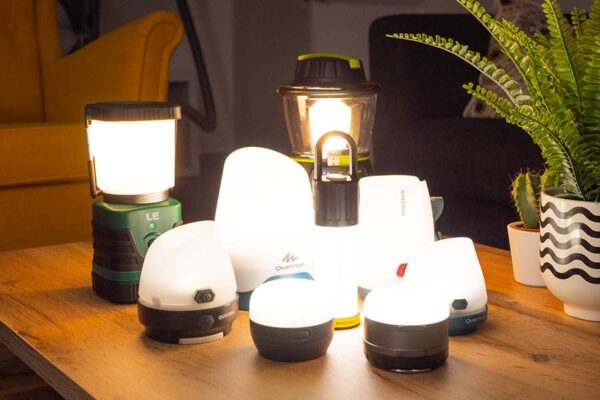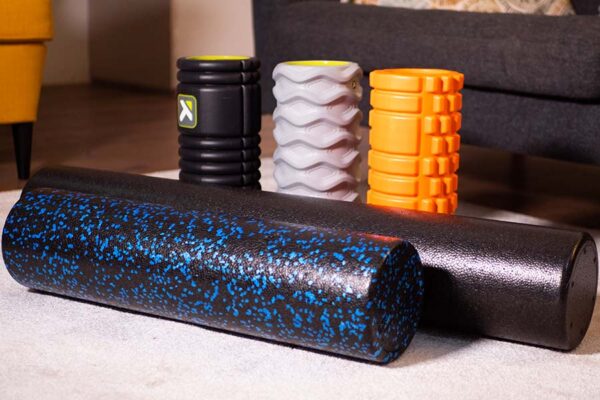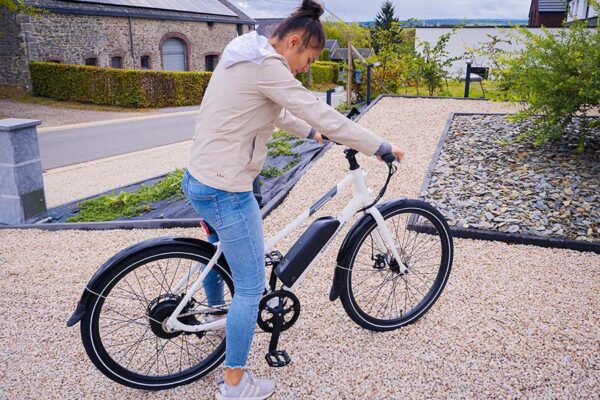Updated on 12 July 2023
Its detection and identification performance is very reliable on a wide range of soils, and there are plenty of features and settings at a price that’s still affordable. It’s also one of the most ergonomic on the market. Nokta Makro Simplex+

This VLF detector has 5 search modes, 7 sensitivity levels and 3 frequency settings to reduce interference. With a maximum frequency of 12 kHz, it is the most effective of our selection for searching for small, valuable objects buried deeper in the ground. Our tests revealed that its discrimination function performed better than other detectors, and the depth index was also fairly reliable. The PinPoint function increases the volume as you get closer to a target, which enabled us to accurately find our buried metal objects. In addition, the audible and visual identification of metal types was always conclusive on different soils. The soil mineralisation indicator and Ground Balance function also make it easy to use, and it’s suitable for beginners and enthusiasts alike. Another advantage of this machine is its waterproof design (IP68), which means you can slide the large 28 cm spool underwater. In terms of comfort, it weighs just 1.3 kg and its straight, non-slip handle ensures a good grip. Its length is adjustable and we found it easy to handle. Another thing to consider is that it’s the only one in this selection that runs on a rechargeable battery. The Simplex+ has a battery life of around 12 hours, enough for a long day’s searching. Finally, a number of features (torch, wireless or wired connection for headphones, adjustable volume, backlit and adjustable display, vibration, etc.) make it one of the most ergonomic on the market.
Internationally recognised for its good iron discrimination, precise identification, comfortable grip and a few accessories that make up for the lack of certain settings. Garrett ACE 400i

This VLF model has a frequency of 10 kHz. And, even if the previous model does a little better, it’s adjustable over 4 levels, so you can eliminate certain interference. There are also 8 sensitivity levels and 5 search modes, plus the PinPoint function, which is effective for pinpointing buried objects (up to 30-40 cm deep). On the other hand, the depth index was a little confused during our tests. Its discrimination function and Iron Audio work well, as demonstrated by our tests aimed at discriminating ferrous objects. Its audible and visual target identification mechanism is accompanied by a scale from 0 to 99 and a 12-segment cursor. However, there is no beach mode and it is not really suitable for this type of ground. In terms of power, it runs on 4 AA batteries supplied, which last for up to 40 hours to provide several days of searching. In terms of design, the spool is waterproof and the whole thing weighs 1.32 kg, so it’s not too tiring on the arm. What’s more, the armrest and handle are padded, making it comfortable to hold, and the length is adjustable. The spool is ventilated to give a glimpse of the floor, and we found the detector fairly easy to use. The brand supplies a number of useful accessories (helmet, record protector, rain cover). However, we did criticise the lack of screen backlighting and volume control (although it is possible to plug in headphones).
This international bestseller offers good value for money. It stands out for its ease of use, its comfort, its good manoeuvrability and its few settings for identifying and locating targets. Garrett ACE 250

This VLF device has 5 search modes and 8 sensitivity levels. It has a rather effective PinPoint function with a depth index for buried objects (up to 45 cm deep according to the manufacturer, but a little less in reality). On the LCD screen, there’s a 12-segment graphic scale as well as an audible cue with different tones for identifying targets. Based on our settings and observations, we also found discrimination to be relatively good. However, its detection frequency is low (6.5 kHz), which makes it unsuitable for searching for gold, for example, or for criss-crossing wet sandy beaches. In terms of handling, the ACE 250 is lightweight and height-adjustable. Its S-shaped handle and padded armrest are comfortable to hold. What’s more, its small spool means you can go anywhere. What’s more, it’s powered by 4 AA batteries (included) and offers up to 25 hours of autonomy, allowing several days of searching. Generally speaking, we’d recommend it to an amateur or beginner for its ease of use and ground presets, but we wouldn’t recommend it to a serious searcher because it lacks precision and is too sensitive to false signals. Other criticisms include the fact that it is not fully waterproof (IP54), the screen (although detailed) is not backlit, and there is no volume control (although there is a jack for plugging in headphones or earphones).
We found its detection and location performance a little better in its price range. Although it takes a little longer to get to grips with, its computerised ground balancing and good handling are interesting. Bounty Hunter Land Ranger Pro

There are 7 search modes and 10 sensitivity levels for an operating frequency of 7.69 kHz, which isn’t very high and may generate a few errors, but it’s enough to get you started. Target identification is determined using a numerical scale from 0 to 99 and a 4-tone audio according to the conductivity of the objects. It is accompanied by a 5-segment depth index (up to 25 cm) which we found fairly accurate during our tests, despite occasional inaccuracies. To pinpoint objects, you can rely on the PinPoint function, which proves effective in use. In fact, we were fairly satisfied with its performance in detecting objects on various types of ground. However, in our opinion, discrimination is not the easiest to program, and sometimes generates errors. Thanks to Ground Cancelation (available only on certain modes), the device offers computerised ground balancing and is able to see through minerals in the soil, while eliminating false signals. Weighing just 1.36 kg and with its adjustable length, it’s easy to handle, doesn’t tire your arms, and is quite comfortable to hold. The display is packed with information and the volume can be adjusted. In terms of power, it runs on a single 9V alkaline battery (not supplied) and has a battery life of between 20 and 25 hours. Even so, it takes a while to get to grips with the detector, but after a while it becomes easy to use. It is not fully waterproof (IP54).
Our selection
Our choice, Best value for money Best mid-range Cheap alternative Mid-range alternative 



Nokta Makro Simplex+ Garrett ACE 400i Garrett ACE 250 Bounty Hunter Land Ranger Pro Its detection and identification performance is very reliable on a wide range of soils, and there are plenty of features and settings at a price that's still affordable. It's also one of the most ergonomic on the market. Internationally recognised for its good iron discrimination, precise identification, comfortable grip and a few accessories that make up for the lack of certain settings. This international bestseller offers good value for money. It stands out for its ease of use, its comfort, its good manoeuvrability and its few settings for identifying and locating targets. We found its detection and location performance a little better in its price range. Although it takes a little longer to get to grips with, its computerised ground balancing and good handling are interesting. See the price on Amazon £ 379.94 on Amazon £ 248.45 on Amazon £ 378.06 on Amazon
Selectos compares and tests hundreds of products to help you buy better. We sometimes receive a commission when you buy through our links, which helps fund our work. Learn moreWhy trust us ?
How did we test?
To check the performance of each metal detector, we carried out our tests on different types of ground (grass, tarmac, mud, etc.) on which we placed a series of metals with different conductivities (coins, nails, can pull-tabs, jewellery, keys, metal boxes, tools, etc.). Some were placed on the surface, while others were buried in the ground. This enabled us to see the detection capabilities (depth index, sound and visual identification, sensitivity to false signals, etc.), but also to test the functions in particular (discrimination, PinPoint, search modes, balance on the ground, etc.).
We then turned our attention to handling, not only in terms of settings, but also in terms of design. To do this, we looked at their weight, the comfort of their handle and armrest, their length adjustment and their overall manoeuvrability. We also looked at ergonomics (screen quality, volume control, connectivity, torch, etc.). Finally, we looked at power supply, battery life, waterproofing (where appropriate) and the practicality of any accessories.
How do you choose a metal detector?
The difficulty in finding a metal detector lies in the sheer number of models available and the many possible uses, whether as a hobby or as a professional tool.

To help you in your search, we have identified the criteria you need to consider before buying:
- Discrimination: this is the set of filters that will guide your search. It eliminates certain unwanted targets (waste, for example) depending on its level of intensity. If the intensity is set to low, all metals are detected, including the unwanted ones. At its highest intensity, it can reject metals such as iron or aluminium.

- Power: the frequency of a detector is calculated in KiloHertz (kHz). It tells you how many waves the detector sends to the ground. The higher the sensitivity, the more it finds small targets with less conductivity, but also more false signals. Metal detectors generally have a frequency of between 6 and 15 kHz. Above this frequency, they are ideal for searching for gold.
- Versatility: if a model is versatile, it can be used on all types of terrain (except water). Most of them have difficulty on mineralised ground or wet sand.

- Type of detector: there are 2 types. A VLF (Very Low Frequency) detector circulates in a coil and has a lower frequency (below 30 kHz) and less effective discrimination. A pulsed induction detector, on the other hand, is more powerful (and more expensive) but is mainly used as a professional tool. They are often used at airports or by gold prospectors. We won’t be looking at this type of model here.
- Weight: the average detector weighs between 1 (light) and 3 kg. Weight is essential to avoid tiring the arm and ensure good manoeuvrability.

- Autonomy: you can’t charge a detector in the field. So make sure the device has a good battery life, depending on how you want to use it. For searches lasting a few days, we recommend a model that lasts around 30 hours, while for a short day or a few hours, 10 hours will suffice.

- Ease of use: some of the more complex machines come with a user manual. If you’re a beginner, opt for a detector that’s easy to use.
Other metal detectors we recommend
Bounty Hunter TK4: A budget alternative. With its ground balance presets, 3 search modes and progressive discrimination and sensitivity, this VLF model is simple and ideal for getting to grips with this type of device. However, it does require very precise settings via its rotary knobs and toggle switch, which you’ll need to take the time to memorise from its instruction manual (not in French). The differences in tones help you to understand what type of metal you’re dealing with, but it’s harder to distinguish in the absence of any real markers on the screen. Its frequency is also fairly low (6.7 kHz), and it’s not really suitable for heavily mineralised terrain, because it’s less effective at discriminating and its detection is more random. However, it is easy to handle and comfortable to wear. With a battery life of up to 30 hours, it’s ideal for searches lasting a few days, but is powered by 2 9V batteries (not supplied). There’s also a socket for plugging in headphones. Even so, its analogue meter is less practical, it’s not waterproof (IP54), the volume isn’t adjustable and its range is more limited. It also lacks a depth indicator.
Bounty Hunter Discovery 3300: Less intuitive settings and harder to get to grips with. Weighing just 1.1 kg and with an adjustable length, it’s quite easy to handle. Its 2 x 9V batteries last for around 40 hours, enough for several days of searching. Detection is guaranteed to a depth of 20 cm and it is waterproof (IP67). It has 5 search modes, 6 sensitivity levels, 7 discrimination levels to eliminate certain metals, and a practical PinPoint function to help locate objects. However, the discrimination and PinPoint functions are not easy to program, just as the manual ground balance is difficult to achieve (especially as the instruction manual is not in French). So it’s not really suitable for beginners. In addition, the depth index and the audible and visual identification (4 tones, 11 segments and 0-199 scale) are not always accurate. The frequency is also rather low (6.6 kHz) and it’s impossible to adjust the volume (although a jack socket is available for connecting headphones).
Garrett 300i: A more advanced but also more expensive version of the Ace 250, it packs 5 search modes, 8 sensitivity levels, a discrimination function and a PinPoint function with a room depth index. However, the depth index (up to 20 cm) is not always accurate, and the elimination of certain objects is sometimes not very effective. Fortunately, localisation is more accurate. Its 8 kHz frequency enables detection in a single pass with few false signals. Visual (0-99 scale) and audible (3 tones) identification of the type of metal was a little more temperamental on more difficult ground, but without compromising our searches. Apart from that, its automatic soil settings make it easy to use, making it just as suitable for beginners as for more experienced enthusiasts. In terms of grip, the extensive padding and adjustments make it comfortable to hold. Its 4 AA batteries are supplied by the brand and last up to 40 hours, and you also get some useful accessories. Even so, it’s not completely waterproof, the screen isn’t backlit and there’s no volume control.
Translated by Selectos
